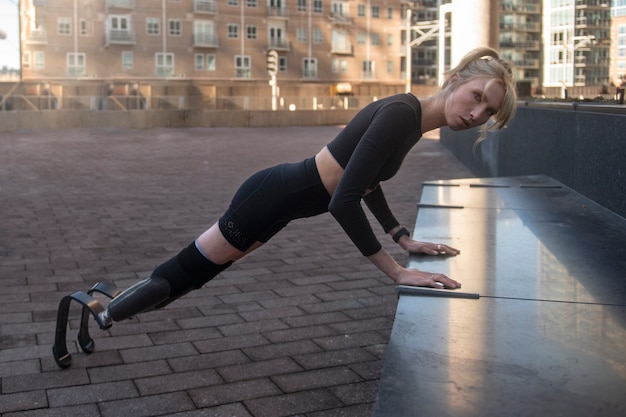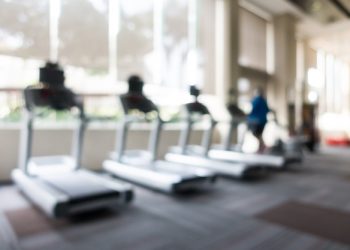
How many times have you been told by your physiotherapist, trainer, or coach not to let your knees go over your toes? Probably a lot! This advice, rooted in misinformation, often causes unnecessary worry about a basic movement you do daily, like getting up from a chair or kneeling. The idea that letting your knees go over your toes is harmful extends to gyms, where people are warned that deep squats or lunges can injure the knee. This widespread misconception, which I call “knee-bola,” needs to be addressed. In this article, I’ll discuss the impact of knee-bola and why it’s time to put an end to it.
Most of the workouts I design to strengthen the knee and improve joint health start with a five-minute sled pull. We use a simple belt harness for pulling, but prefer handles for better focus. Pulling the sled backward really works my quads, gets my oxygen levels up, and my blood flowing.
One tool Ben uses is monkey feet. I have one, but I’m not a fan of how it feels for knee flexion. However, I do like it for tibialis lifts and hip flexion. Moving on from the last exercise, I turn around and lean slightly forward to do 2 to 3 sets of 10 to 15 reps for each leg.
Ben often incorporates a good morning exercise into his training sessions, using either a barbell or dumbbells. I prefer dumbbells for a greater range of motion and combine this with a core workout. In my session, I did two sets of 20 reps of seated good mornings with dumbbells, followed by knee planks and explosive mountain climbers using furniture sliders for core work.
One of the best things about the kneesovertoeguy’s exercises is how they exhaust and focus every part of your body. I felt the quad burn early on, then worked on knee flexion, hip flexion, and tibialis exercises. Later, I did some proper front squats, targeting my trunk and lower back with seated dumbbell good mornings.
Have you ever been told not to let your knees go past your toes? Maybe by a physio or exercise physiologist? Don’t worry, I’m here to debunk this common training myth! Like many myths, the idea of keeping knees from going over toes has been part of fitness culture for so long that it seems true. It started in 1959 with Dr. Karl Klein, who studied knees extensively. He compared weightlifters from the 1958 Pan American Games with non-lifters and concluded that deep squats negatively affected knee ligaments. He recommended squatting only to a certain depth. In 1962, Sports Illustrated picked up his study, and the myth spread.
Recent studies on knee movement might have reinforced this idea. A 2003 study by Fry and colleagues examined hip and knee forces with limited knee movement. They found that restricting knee movement during squats reduced knee torque by 22% compared to normal squats.












































